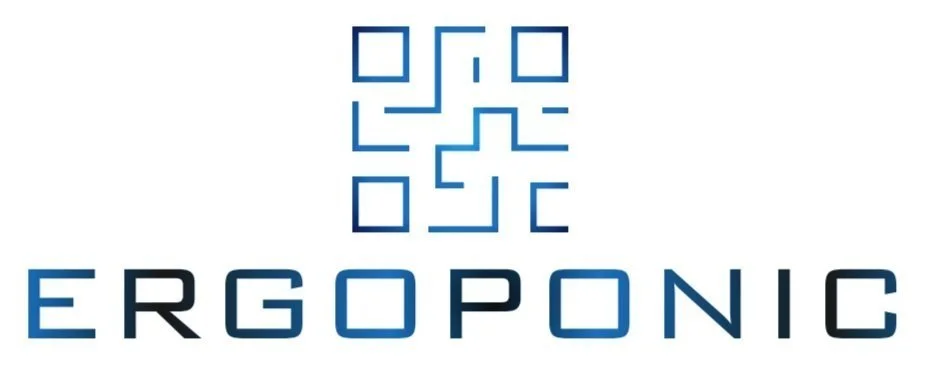Building Crops: The Future of Urban Agriculture?
August 15, 2024
Written By Jean-Luc ACHARD
With population growth and shrinking agricultural land , the search for innovative farming methods has become paramount. Indoor farming, often referred to as “urban,” is emerging as a promising solution.
What are indoor crops?
Indoor growing, also called indoor growing or controlled environment vertical farming , is a method where plants are grown inside enclosed structures such as greenhouses, specially designed buildings, or stacked-floor growing systems.
Potential benefits of indoor growing:
1. Space saving: They allow growing in tight spaces, using vertical or stacked surfaces, ideal for urban areas with limited space.
2. Reduced water use: These systems employ precise irrigation techniques, reducing water consumption.
3. Environmental Control: They provide precise control of conditions such as temperature, humidity and light, promoting high yields.
4. Reduced agricultural inputs: Fewer pesticides and fertilizers are needed, reducing costs and environmental impacts.
5. Year-round production: Regardless of the seasons, ensuring a constant supply of fresh produce.
6. Short circuit distribution: Reduction of transport costs and carbon impact.
Potential disadvantages:
1. High initial costs: Setup can be expensive, especially for small farmers.
2. Energy consumption: Maintaining optimal conditions requires a lot of energy.
3. Technological dependence: A breakdown could compromise crops.
4. Resource management: Recycling water and waste poses challenges.
5. Reduction in biodiversity: Less diversity compared to natural ecosystems.
Analysis :
In France, some see this method as the future of clean and respectful agriculture. Others criticize it as being unnatural . These clichés, although partially true, oppose two forms of agriculture that could be complementary.
Modern agriculture is innovative. Today’s farmer is an entrepreneur using advanced technologies, from satellite imagery to drones. Could vertical farming be the next step?
Vertical farming, a success worthy of the challenge?
In regions such as the Middle East, vertical farming aims for food independence despite high costs. In Europe, the approach could be different: smaller, less energy-intensive structures, adapted to local needs.
Conclusion :
Indoor cultivation has advantages and disadvantages. Their adoption will depend on resources, production objectives and environmental priorities. The important thing is to place the farmer at the heart of these developments, as a key player and not as a victim.
Tel (EU): +33 6 42 08 90 06




